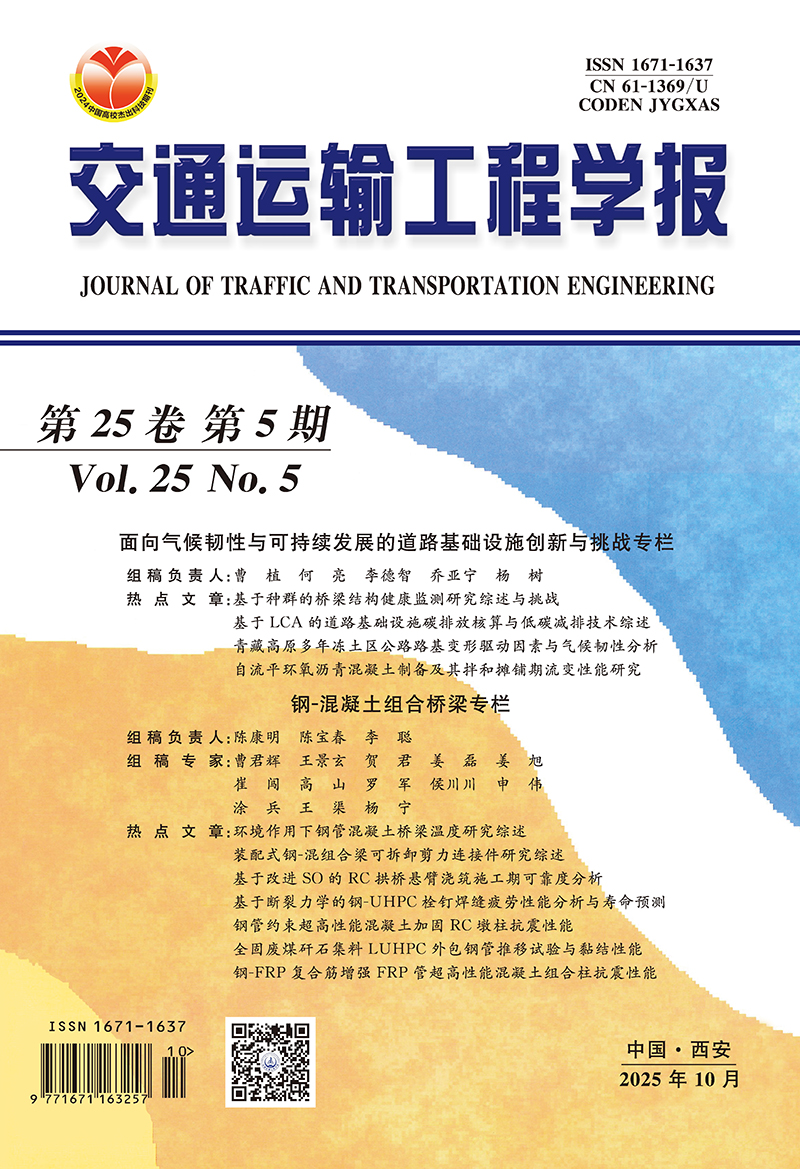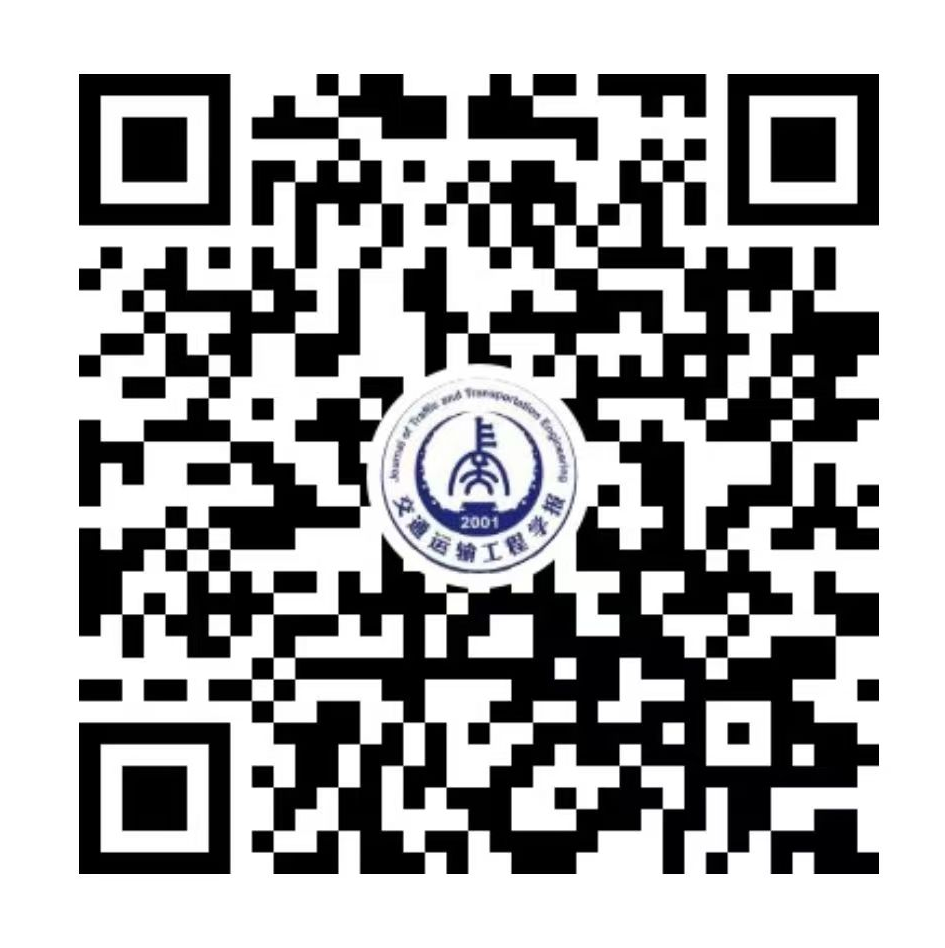2001 Vol. 1, No. 4
Display Method:
Abstract:
2001, 1(4): 1-8.
Abstract:
2001, 1(4): 9-14.
Abstract:
2001, 1(4): 15-20.
Abstract:
2001, 1(4): 21-24.
Abstract:
2001, 1(4): 25-28.
Abstract:
2001, 1(4): 29-32.
Abstract:
2001, 1(4): 33-36.
Abstract:
2001, 1(4): 37-40.
Abstract:
2001, 1(4): 41-43.
Abstract:
2001, 1(4): 44-47.
Abstract:
2001, 1(4): 48-50.
Abstract:
2001, 1(4): 51-54.
Abstract:
2001, 1(4): 55-59.
Abstract:
2001, 1(4): 60-66.
Abstract:
2001, 1(4): 67-70.
Abstract:
2001, 1(4): 71-74.
Abstract:
2001, 1(4): 75-78.
Abstract:
2001, 1(4): 79-82.
Abstract:
2001, 1(4): 83-86.
Abstract:
2001, 1(4): 87-91.
Abstract:
2001, 1(4): 92-96.
Abstract:
2001, 1(4): 97-100.
Abstract:
2001, 1(4): 101-105.
Abstract:
2001, 1(4): 106-110.
Abstract:
2001, 1(4): 111-114.
Abstract:
2001, 1(4): 115-118.





